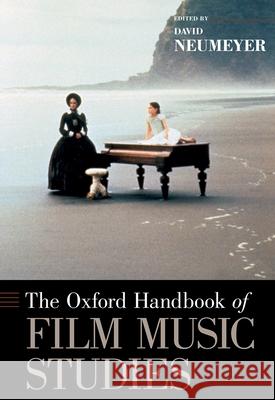The Oxford Handbook of Film Music Studies » książka
The Oxford Handbook of Film Music Studies
ISBN-13: 9780195328493 / Angielski / Twarda / 2013 / 704 str.
The Oxford Handbook of Film Music Studies
ISBN-13: 9780195328493 / Angielski / Twarda / 2013 / 704 str.
(netto: 722,63 VAT: 5%)
Najniższa cena z 30 dni: 710,61
ok. 30 dni roboczych.
Darmowa dostawa!
Music has been an integral part of film exhibition from its beginnings in the late nineteenth century. With the arrival of sound film in the late 1920s, music became part of a complex multimedia text. Although industry, fan-oriented, and scholarly literatures on film music have existed from early on, and music was frequently among the topics discussed and disputed, only in the past thirty years has sustained scholarly attention gone to music in visual media, beginning with the feature film. The Oxford Handbook of Film Music Studies charts that interdisciplinary activity in its primary areas of inquiry: history, genre and medium, analysis and criticism, and interpretation.
The handbook provides an overview to the field on a large scale. Chapters in Part I range from the relations of music and the soundtrack to opera and film, textual representation of film sound, and film music as studied by cognitive scientists. Part II addresses genre and medium with chapters focusing on cartoons and animated films, the film musical, music in arcade and early video games, and the interplay of film, music, and recording over the past half century. The chapters in Part III offer case studies in interpretation along with extended critical surveys of theoretical models of gender, sexuality, and subjectivity as they impinge on music and sound. The three chapters on analysis in Part IV are diverse: one systematically models harmonies used in recent films, a second looks at issues of music and film temporality, and a third focuses on television. Chapters on history (Part V) cover topics including musical antecedents in nineteenth-century theater, the complex issues in sychronization of music in performance of early (silent) films, international practices in early film exhibition, and the symphony orchestra in film.











